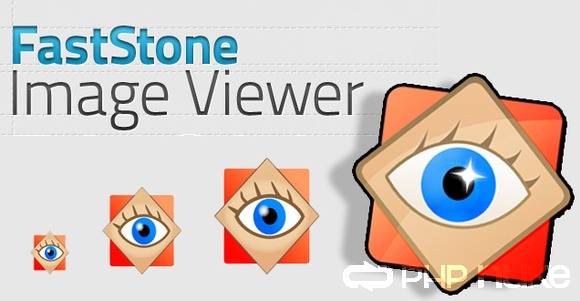



Name: it allows us to create a unique name and to reference this name later when performing more advanced functions.When creating a file definition in Peach, several XML elements are available to define the type of data to be handled or generated. We’re going to remove that string and rename our DataModel to “Cur.” You should have something similar to the following: This template has a very simple DataModel already defined, which will simply generate the string “Hello World!”. Let’s make a copy of the FileFuzzerGui.xml template located in Path-to-Peach-installation\samples\FileFuzzerGui.xml and save it as cur_smart.xml. According to the CUR file specification, “ Entries” and “ Image” sections can occur multiple times. The “ Entries” act as a “directory listing” of any image contained and is followed by an “ Image” section which is, in turn, a structure of “ InfoHeader” and “ ImageData”. Looking at the file format we can see that a CUR file is comprised of several fields beginning with a “ Reserved”, a “ Type” and an “ ImageCount”. Let’s take a look at the CUR file specification so that we can define our Pit. It also manages logs generated by the Agents. Run Block: it defines which tests will be executed during the fuzzing process.Test Block: it correlates the configuration of the StateModel, Agents, and Publishers (which manages the data generated by the DataModel) into a single test case.This includes capturing meaningful data during application crashes that may be triggered. Agents: are used for monitoring the behaviour of the target application during the fuzzing process.StateModel: it is responsible for managing the flow of data during the fuzzing process.We’ll use the DataModel to provide Peach with the data structure layout of the CUR file format. DataModel: it is used to define the structure of our data.For the below explanation I’ve heavily relied on the Peach Fuzzing: Getting Started & Peach Fuzzer: Data Modelling resources. As I’ve previously anticipated, today I’m going to disclose the fuzzing methodology, process and samples that led me to discover five different vulnerabilities in FastStone Image Viewer v.īefore we can start with the “smart” way, let me detail some information regarding the Peach’s Pit file structure. In my precedent blog post I’ve introduced “fuzzing” from a theoretical point of view.


 0 kommentar(er)
0 kommentar(er)
